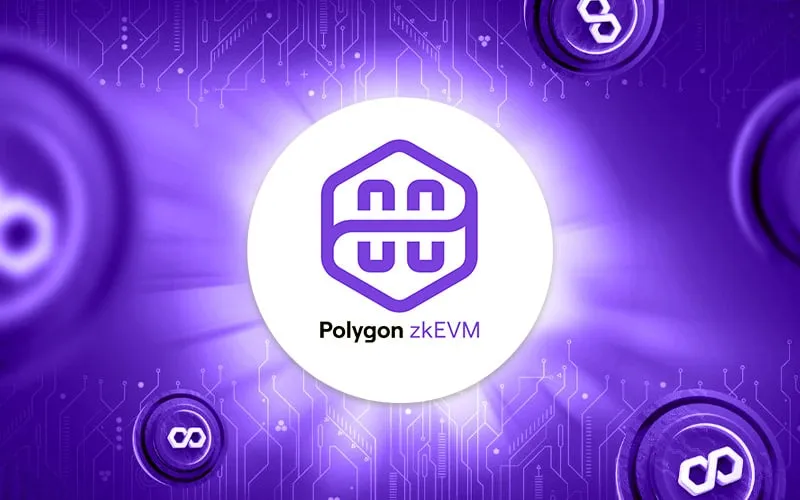Join Our Telegram channel to stay up to date on breaking news coverage
Last week, the Ethereum blockchain encountered two short-lived episodes where blocks failed to finalize, introducing unwanted instability that poses security risks to the blockchain but is not deemed critical. The delay in achieving “finality” raised concerns about the blockchain’s functionality and sparked discussions on security matters, necessitating a closer examination of the issue.
The root cause of the temporary loss of block finality is currently being investigated, and Prysm, a provider of client software for running blockchain nodes, recently released a new version with “critical fixes” as the first complete release following the recent mainnet challenges.
Ideally, the lack of block finality should not result in any downtime or impact end-user experiences. However, it can give rise to security issues such as reorganizations (reorgs). Reorgs occur when multiple blocks are produced simultaneously on a blockchain, typically due to bugs or attacks.
This temporary creation of a new version of the blockchain by validator nodes complicates the verification of successful transactions, while the old version of the blockchain continues to exist.
Nevertheless, this incident had some ripple effects that affected end-users. Notably, DYdX, a prominent crypto exchange platform, had to temporarily halt deposits due to one of last week’s incidents. Similarly, Polygon’s zkEVM experienced delays in processing deposits as a consequence of blockchain instability.
seems like eth has lost finality again pic.twitter.com/40PJPPES4k
— mert | helius | hSOL (@0xMert_) May 12, 2023
While the loss in finality presents security concerns, it is important to note that these episodes did not have a severe impact on end-user experiences. However, it serves as a reminder of the potential risks associated with blockchain stability and the need for ongoing vigilance and prompt resolution of such issues to ensure the smooth functioning of blockchain networks.
Here’s All You Need To Know About Finalization
In a proof-of-stake blockchain like Ethereum’s, the process of achieving block finality involves validators proposing blocks containing transactions. Once proposed, other validators must endorse the block, a process known as attestation, to permanently add it to the blockchain.
Typically, this attestation process takes approximately 15 minutes. Once two-thirds of validators have attested to the block, it becomes finalized, marking the point at which transactions on the blockchain are considered immutable.
Finality serves as a critical guarantee that transactions within a block cannot be altered. Without assured finality, a blockchain enters an emergency state called the “inactivity leak.” In this state, validators face penalties for failing to reach finalization, creating incentives for the blockchain to resume the finalization process. The recent incident triggered Ethereum’s first-ever inactivity leak, prompting the community to address the need for more efficient finalization procedures.
Recognizing the significance of finality, the Ethereum website shared insights from Ethereum co-founder Vitalik Buterin, who discussed the topic seven years ago. The delay between block proposal and finalization introduces vulnerabilities, including the potential for short reorganizations that could be exploited by attackers to censor certain blocks or extract Maximum Extractable Value (MEV).
The beacon chain did not "halt", to suggest that it did is willfully spreading misinformation. Finalization was delayed for 3 epochs (about 19 minutes), and was recovered after turbulence. End users would have no idea this happened and transactions continued normally.
— superphiz.eth 🦇🔊🛡️ (@superphiz) May 12, 2023
When the initial loss of finality occurred on May 11, developers promptly shared the issue on Twitter, expressing their intention to deploy additional resources to investigate the problem. Fortunately, after approximately 25 minutes, the issue was resolved, and the chain resumed finalization.
However, approximately 24 hours later, the chain experienced another interruption in the finalization process, lasting around an hour. This disruption caused outages for certain infrastructure providers, highlighting the impact of finality issues on operational stability.
In the past, temporary disruptions in the finalization process have frequently occurred due to issues with the client software used to operate the Ethereum blockchain. To address and mitigate these risks, Ethereum has implemented multiple client options as alternatives.
This approach ensures that if one client experiences a bug or malfunction, the blockchain can seamlessly continue its operations by relying on other available client choices.
The recent episodes of finality loss underscore the ongoing need for optimization in the block finalization timeframe. Enhancing finality processes will not only strengthen the security and immutability of transactions on the Ethereum blockchain but also contribute to the overall efficiency and reliability of the network.
Ethereum’s Ongoing Operations – Incident Highlights Improvement Areas
According to protocol support lead at the Ethereum Foundation Tim Beiko, the recent incident holds significance but does not pose a risk to Ethereum’s security or stability. Beiko clarified that the issue was swiftly addressed, with software patches implemented within a day or two to prevent a recurrence.
The development team is currently investigating the cause of the blockchain’s failure to finalize and is expected to provide a post-mortem report during their upcoming Consensus Layer call. Beiko assured that the situation did not escalate to a point where extreme fallback measures were necessary to handle the problem.
While the incident did impact several applications built on the Ethereum blockchain, Jordi Baylina, the technical lead at Polygon, highlighted that the finality disruption resulted in delays for deposits on the Polygon zkEVM chain.
Compounding the issue, the chain relied on Infura, an infrastructure provider that experienced a temporary outage due to the loss of finality. This created challenges for users of the zkEVM chain, as they needed to wait for finality on layer 1 deposits before being able to utilize the chain, in order to mitigate the risk of double spending in layer 2.
In response to the incident, the crypto exchange platform DYdX temporarily halted its deposits and stated that it is actively monitoring and investigating the issue.
It’s important to note that despite the disruptions, the Ethereum network itself did not experience a complete outage. Marius van der Wijden, a developer at the Ethereum Foundation, described the incident as a valuable exercise, highlighting that it served as a fire drill. He mentioned that the chain recovered smoothly, and the event shed light on other areas for potential improvement to enhance Ethereum’s resilience.
While the incident had implications for certain applications and highlighted areas for refinement, Ethereum’s security and ongoing operations remained intact. The prompt response and subsequent software updates demonstrate the commitment of the Ethereum development team to maintain the stability and reliability of the network.
Read More:
Best Wallet - Diversify Your Crypto Portfolio
- Easy to Use, Feature-Driven Crypto Wallet
- Get Early Access to Upcoming Token ICOs
- Multi-Chain, Multi-Wallet, Non-Custodial
- Now On App Store, Google Play
- Stake To Earn Native Token $BEST
- 250,000+ Monthly Active Users
Join Our Telegram channel to stay up to date on breaking news coverage



